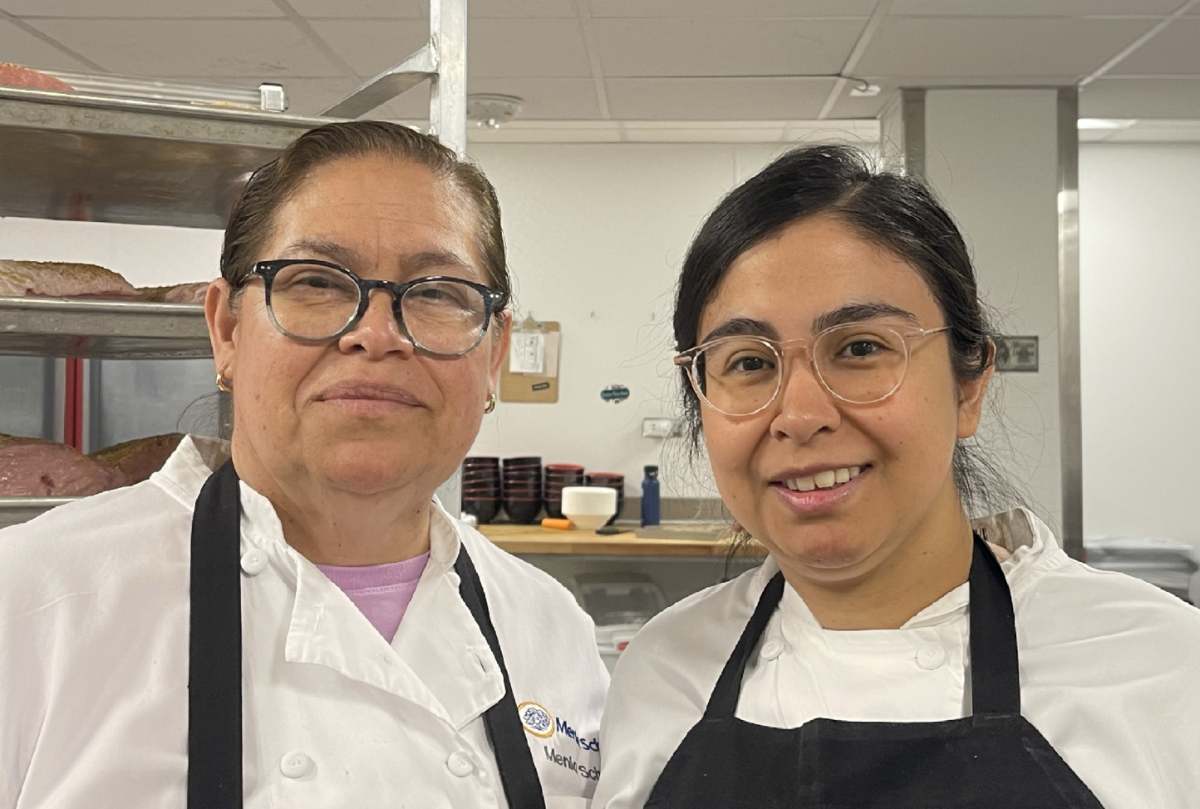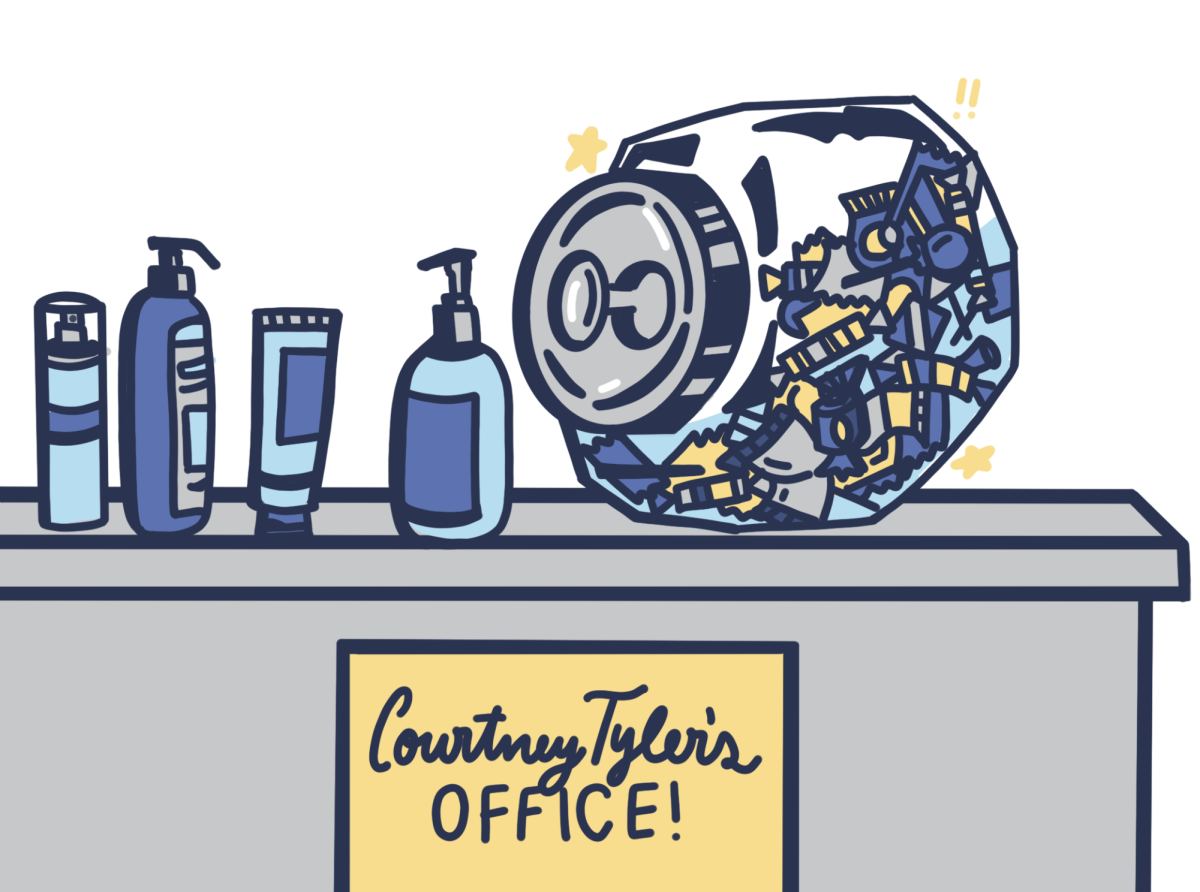More than any other source – including electricity production, industry, the residential sector and even agriculture – transportation generates 28% of total greenhouse gas emissions in the U.S., according to the United States Environmental Protection Agency. Director of Sustainability Chrissy Orangio hopes to cultivate a healthier way of getting to and from school through the school’s GoMenlo program, which promotes eco-friendly methods of transportation.
A new innovation that Orangio is releasing this year involves Fortress, Menlo’s information system. On Fortress, students are now able to access a GoMenlo Tracker, which will allow them to input how they commute to school every day. “By having the data of how students are getting to school, we can better understand what percentage of students are using GoMenlo and we can target our goals for the future,” Orangio said. Students who consistently use the new tracker will receive rewards if they are commuting sustainably on a daily basis.
Another newly developed technology to support eco-friendly transportation is the GoKid carpool dashboard. “Instead of looking at a carpool map and having to figure out which student is nearby and what grade they’re in, this carpool dashboard does that for [parents],” Orangio said.
Using the feature, parents can sign up for the dashboard, select an area around their home and a grade that they are interested in carpooling with, then communicate with other parents near their residence in order to set up a carpool. Orangio hopes the feature will make carpooling more accessible for parents.
Orangio has also reworked bus routes, identifying where the majority of students live to maximize safety and efficiency. Today at least 150 students use the bus every day, according to Orangio.
However, it can still sometimes be difficult for families to commute to and from school sustainably. “It can be inconvenient when you’re reliant on bus schedules or CalTrain schedules,” Orangio said. “But we try to make it easy in that we provide shuttles from CalTrain in the morning and in the afternoon […] relying on other people for transportation isn’t always the most convenient, but it does make a huge impact.”
To help students take more action on environmental issues, Orangio is working closely with the student council. The student council helps her spread the word about events, celebrate students who are already doing work related to sustainability and involve students with the waste diversion process.
Orangio, who is also the Environmental Science teacher, always engages her class in sustainability in unique ways. For example, she has her students compare the amount of energy Menlo uses from PG&E versus from its solar panels. “I know other teachers are doing kind of the same thing, and some of the science classes in the middle school as well. I think through our classes, we can [easily get students involved],” Orangio said.
It’s not just students using more sustainable transportation methods, though. Every morning, Upper School Counselor Jake Fauver takes the CalTrain from San Mateo to its Palo Alto stop and bikes the rest of the way to school. Ever since he began working at Menlo five years ago, Fauver had always commuted on public transit, finding it more convenient. “The drive takes a long time, and there’s more and more traffic,” Fauver said. “Outside of COVID for one year, I’ve always taken the train and I bring my bike onto the train.”
Fauver prefers taking public transportation to driving because he thinks it’s more predictable to know exactly when the trains are scheduled to arrive. “I also get a little bit of exercise in on my commute each way,” Fauver said.
However, there are some cons when it comes to taking public transit. “The main drawback is that you have to rely on the train schedule,” Fauver said. “If there’s a day where the train is late, I’m going to be late.”
Despite this, Fauver saves more time overall and can read and listen to podcasts on the train, whereas in a car he has to focus on driving. “I hope people would try [public transport] once, and see if it can work for their life and schedule,” Fauver said. “You may need five more minutes to [commute] sustainably, but once you get into it, I think it’s well worth it.”
Junior Ruiqi Liu lives a mile away from Menlo and walks to school on a daily basis. “I enjoy walking to school,” Liu said. “It’s a chill time for me and I can listen to music.” While it’s difficult for her to carry large projects and posters, Liu believes the benefits to limiting carbon emissions outweigh the negatives.
Orangio is hopeful for the future of sustainable commuting at Menlo. “I would encourage [students] to feel empowered, and that small decisions like what you eat and how you get to school do have a really big impact,” Orangio said. “The small things, like making a decision to carpool or take the bus over getting dropped off from a single car, it makes a big difference.”









